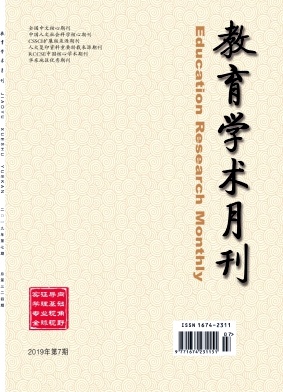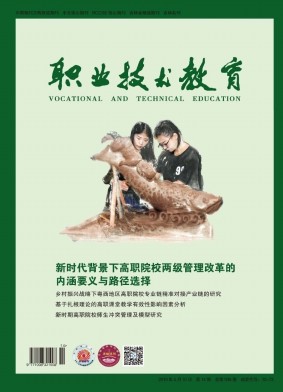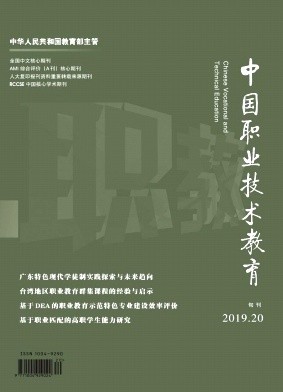摘要 通过搭建气液两相介质阻挡放电的污水处理装置,对配置的罗丹明B有机溶液进行模拟污水处理实验。将处理后的实验水样进行吸光度检测,分析不同处理条件下罗丹明B溶液的浓度变化,发现处理30 min后,罗丹明B的降解率可达97.36%,处理效果较好。同时,通过分析不同放电频率下的降解效果,发现存在最佳放电频率,并且降解效果与接地电流的最大频率成反比。通过检测处理水样的COD,发现处理后可以达到国家排放标准。最后结合等离子体水处理技术的降解机理,分析了罗丹明B的降解过程。 In this paper,the degradation of organic wastewater by plasma produced by dielectric barrier discharge is studied.A gas-liquid two-phase dielectric barrier discharge(DBD)wastewater treatment device is set up to treat the Rhodamine B organic solution by plasma.After 30 minutes of treatment,the degradation rate of Rhodamine B is 97.36%,and the treatment effect is good.At the same time,by analyzing the degradation effect under different discharge frequency,it is found that there is an optimal discharge frequency,and the degradation effect is inversely proportional to the maximum frequency of the grounding current.It is found that COD of treated water sample can meet the national discharge standard.At last,the degradation mechanism of plasma technology and the degradation process of Rhodamine B are discussed.
出处 《实验室研究与探索》 CAS 北大核心 2021年第4期66-70,共5页 Research and Exploration In Laboratory




